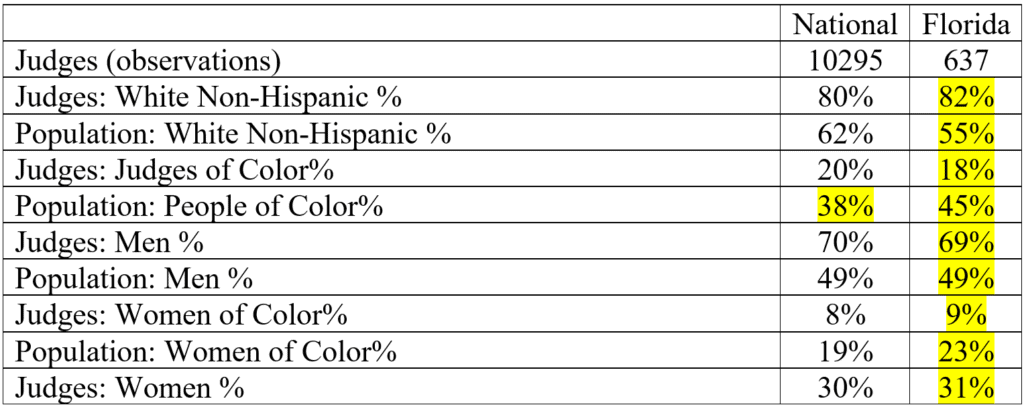07 Jul DEI Committee Update 7-7-22
On June 30, 2022, Ketanji Brown Jackson was sworn in to the Supreme Court, shattering a glass ceiling as the first Black woman on the nation’s highest court.
Jackson, 51, is the court’s 116th justice. Jackson, a federal judge since 2013, is joining three other women — Justices Sonia Sotomayor, Elena Kagan and Amy Coney Barrett. It’s the first time four women will serve together on the nine-member court. It is worth noting that all three liberal judges are now women.
Glynda Carr, president of Higher Heights for America, an organization that advocates for the growth of Black women’s political power, said the timing of Jackson’s swearing-in was bittersweet. “Although we celebrate her today, one Black woman or a cohort of Black women can’t save this democracy alone. We are a piece of it and we are doing our work, our part. She’s going to forever reshape and shape that court. But she’s just a piece of the work that needs to happen moving forward,” Carr said.
She helps form the most diverse court in its 232-year history and is the first former public defender to be a justice.
Black women account for a small fraction of the federal judges who have served to date
Only 70 of the 3,843 people who have ever served as federal judges in the United States – fewer than 2% – have been Black women. Biden has already appointed more Black women to federal judgeships (11) than all but two presidents did during their entire tenures.
Fewer than a third of all Black judges ever appointed (29%, or 70 of 239) have been women. Most of the Black women who have served as federal judges to date have done so at the district court level. Only 13 have served at the appellate court level.
Source: National Association of Women Judges, nawj.org
- 2022 Representation of United States State Court Women Judges (Florida)
- All Judges in FL: 481 women / 1124 total (43%)
- Florida Supreme Court: 1 women / 7 total (14%)
- Florida District Courts of Appeal: 20 women / 62 total (32%)
- Florida Circuit Courts: 257 women / 605 total (42%)
- Florida County Courts: 158 women / 323 total (49%)
THE GAVEL GAP (From The American Constitution Society):
For most people, state courts are the “law” for all effective purposes.
Women are half of the population – but less than a third of state judges. It’s time to close the #GavelGap.
People of color are 40% of the population, but less than 20% of state judges. Close the #GavelGap.
When 90% of US cases are tried in state courts, diversity matters. #GavelGap.
The Representativeness Score is a positive presentation of where a state stands on achieving the proportion of women and/or minorities on the bench as it has in its general population. We rank each state based on the level of representation that it appears to have achieved based on the State Bench Database estimates. We grade a state as follows:
- A if the state is close to parity (at least 90%),
- B for states that have achieved 80 to 89%,
- C for states that have achieved 70 to 79%,
- D for states that have achieved 60 to 69%, and
- F for states that are below 60%.

